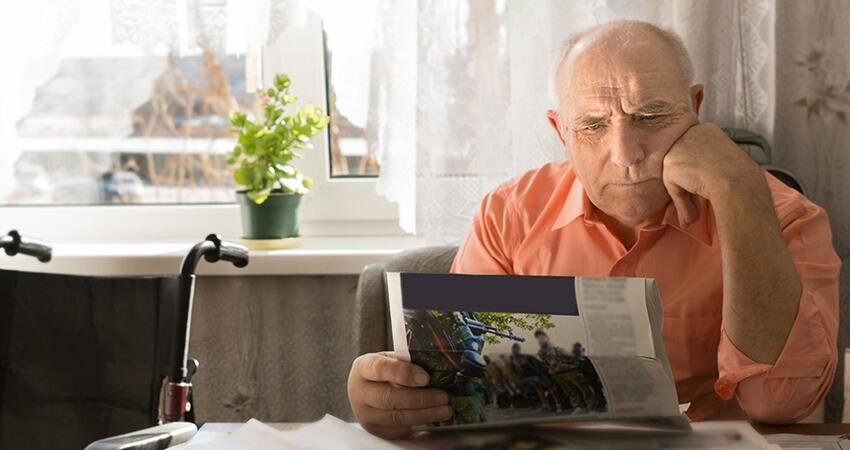
How Important Are Home Modifications to Older Adults?
- Title:
- How Important Are Home Modifications to Older Adults?
- Author:
-
Marissa R. Meucci, Pedro Gozalo, David Dosa, Susan M. Allen
- Source:
-
The American Geriatrics Society
- Publication Date:
-
2016
Falls are the leading cause of fatal and nonfatal injuries in older Americans. Simple home modifications can reduce the risk of falls, but can rack up an expensive bill, which 75 percent of families must pay out of pocket. But what happens if low-income older adults cannot afford these costs? Marissa R. Meucci, Pedro Gozalo, David Dosa, and Susan M. Allen studied the association between social, demographic, and economic factors with the presence of home modifications in a nationally representative sample of community-dwelling older adults. The authors used data from the National Health and Aging Trends Study and showed whether respondents had grab bars near a toilet, grab bars near a shower, a raised toilet seat, or a shower seat. The authors used regression modeling to determine the demographic composition of those who had or did not have these modifications, looking at such factors as race and ethnicity, level of education, total income, homeownership, marital status, Medicaid enrollment, and the number of people in a respondents’ social network. They offer conclusions that could inform policymakers’ and clinicians’ decisions working toward providing a more up-to-date approach in home modifications for older adults.
Key findings
- Approximately 60 percent of older adults living in the community had at least one home modification, which is higher than in studies from the 1990s.
- Minorities, less-educated people, and people with fewer supports in their social networks are less likely to have home modifications.
- Income is not significantly associated with the presence of home modifications, which is consistent with other studies.
- Awareness of these disparities can provide important information for clinicians and policymakers on which they can base decisions to prevent falls and facilitate aging in place.


